Moldova / Republica Moldova – Let’s explore here
What’s it like in Moldova?
Moldova is a small, landlocked, mostly flat, but partially hilly country, close to the Black Sea in east Europe. The rolling hills are often forested, and you get some wonderful views across the valleys when travelling through the country. The highest point is Bălănești Hill, in the west of the country, at 1,410 ft (430m) above sea level.
In the east of the country lies Transnistria, officially known as the Pridnestrovian Moldavian Republic and locally as Pridnestrovie, whose self-proclaimed capital is Tiraspol. Transnistria declared independence in 1990 but remains unrecognised internationally.
The Capital of Moldova, and its largest city is Chișinău [KEE-shee-NOW], and the population of the country is around 2½ million people (2024), about ¾ million of whom live in the capital. A further ½ million live in Transnistria. By 2023, the population of Moldova had fallen by a third compared with 1990.
Moldova is an outrageously friendly place that is definitely worth a visit, in particular the capital! The largest wine cellar in the world, holding around two million bottles, is in Moldova, owned by Mileștii Mici.

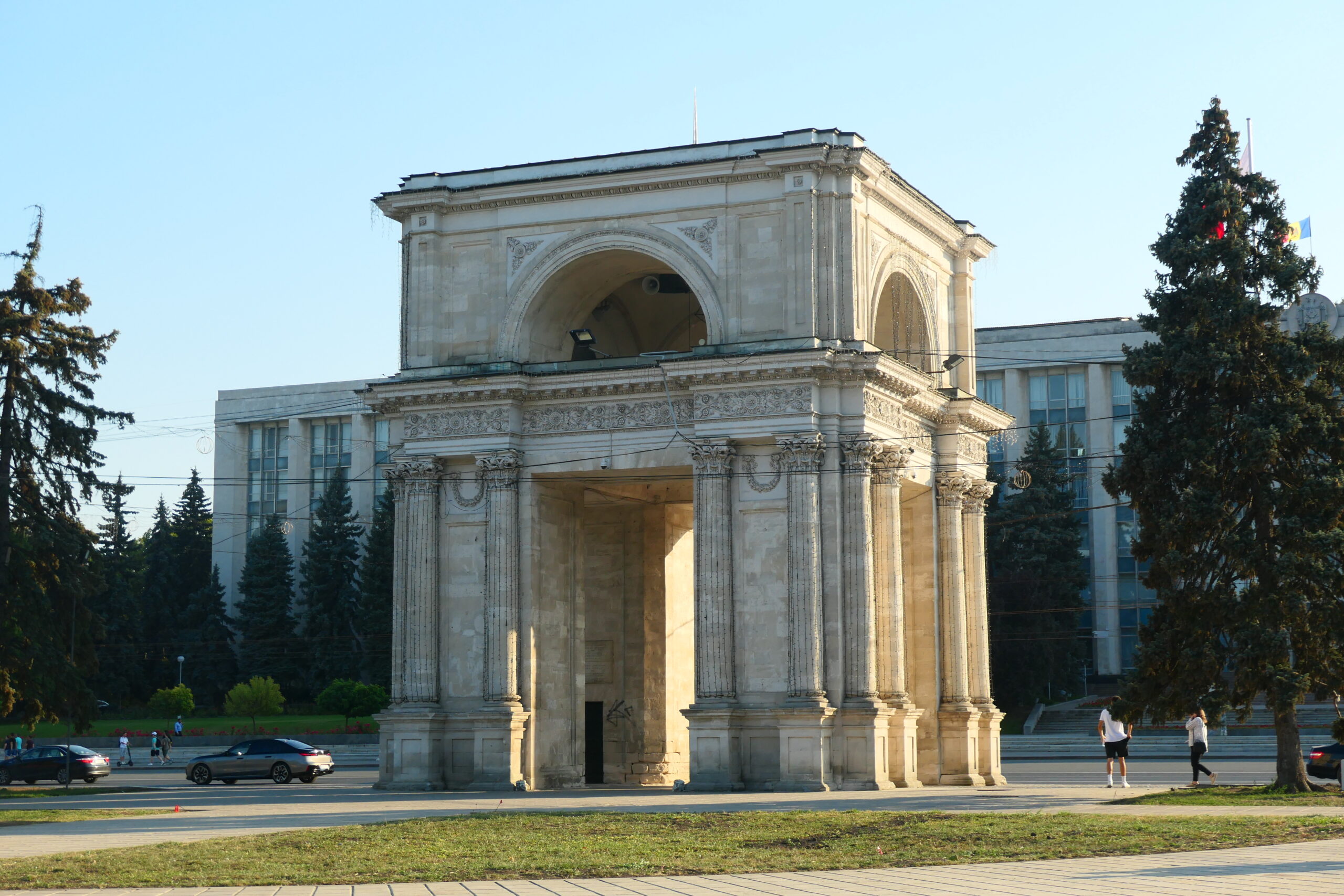
A bit about the history of Moldova
Early History and Formation of Moldova
Moldova’s history dates back to ancient times, with early settlements established by Dacians, an ancient Indo-European people. In the 14th century, the region became part of the medieval principality of Moldavia, which was founded by Dragoș, a Romanian noble. Moldavia was initially a vassal state to the Kingdom of Hungary and later to the Ottoman Empire, but it maintained a degree of autonomy.
Ottoman and Russian Influence
In the 18th century, as part of shifting regional powers, Moldavia increasingly came under the influence of the Russian Empire. The region’s strategic location between the Ottoman Empire and Russia made it a contested area. After a series of wars, parts of Moldova were annexed by Russia, and the eastern part of the region, known as Bessarabia, became part of the Russian Empire in 1812.
Unification and Romanian Influence
In the 19th century, Moldavia unified with Wallachia (another Romanian principality) in 1859 to form the Kingdom of Romania. However, Moldova continued to be divided, with the eastern part (Bessarabia) remaining under Russian control. This division persisted until World War I, when Bessarabia declared its independence and united with Romania in 1918.
Soviet Control and World War II
Following World War II, the Soviet Union occupied Bessarabia in 1940 under the Molotov-Ribbentrop Pact with Nazi Germany, before it was fully annexed into the USSR. The Soviet regime imposed strict policies in Moldova, suppressing Romanian culture and language while promoting Soviet ideologies. After the end of World War II, Moldova became one of the Soviet republics.
Independence and Modern Moldova
In 1991, with the collapse of the Soviet Union, Moldova declared its independence. However, the region of Transnistria, a narrow strip of land along the Dniester River, declared itself independent, leading to an ongoing frozen conflict between Moldova and Transnistria. Since gaining independence, Moldova has faced challenges related to its political alignment, with some factions favouring closer ties with the European Union and others maintaining stronger links with Russia.
Today, Moldova is a small, landlocked country with a mixed economy, facing political instability and economic challenges. Its efforts to join the European Union continue, though the country also remains affected by regional tensions, particularly with Russia and the breakaway region of Transnistria.

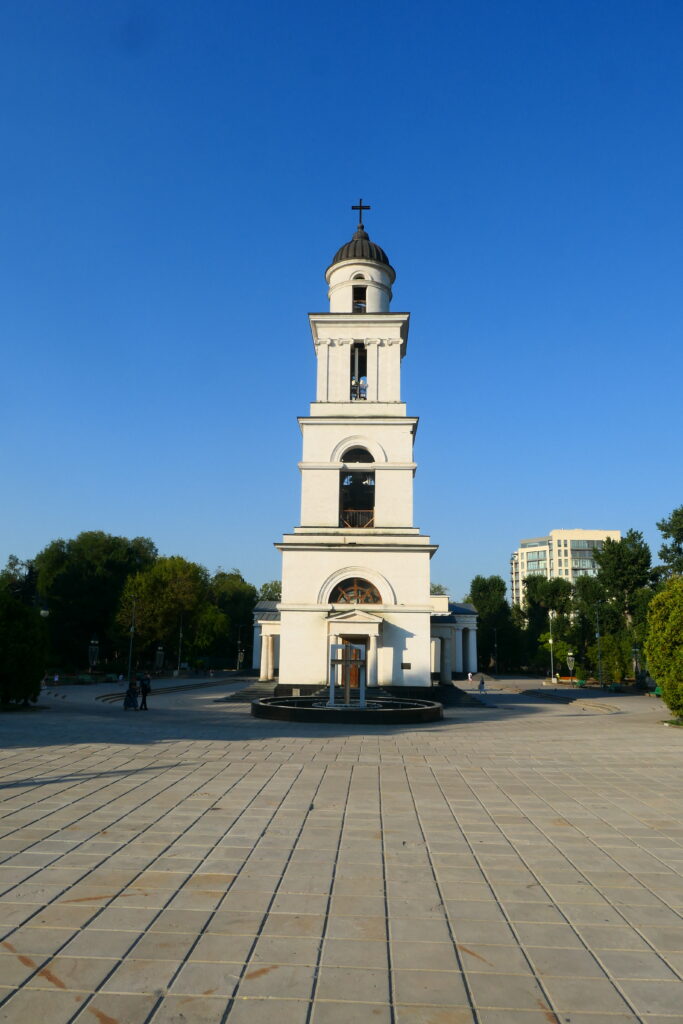
What’s the difference between Moldova and Transnistria?
The people of Moldova are, like so many others that we’ve met on this fantastic journey, really friendly, and only too willing to help. They are also very different from those we met in Romania, especially in looks! The different really is stark!
We learned an enormous amount about this intriguing and beautiful country, and the breakaway region Transnistria. In the former, they appear very western European in their looks, attitudes and culture. In the latter, many wear soldiers’ uniforms, and things appear very much like they did when I visited the USSR in the 1980s – aside from some western shops and the western clothing fashion. There are even loads of ancient Lada cars still roaming about along with the ancient farm traffic!
It also appears that Moldova wants to be part of the EU, whereas Transnistria wants to be allied with Russia – they speak Russian, and they used an unrecognised currency named the Rouble.
There clearly are large differences between the two separate regions that are yet to be resolved.

Moldova road trip
We’ve created a blog for our road trip through Moldova. You may find it helpful, and you may pick up some tips, or more likely mistakes not to make that we’ve made 😉 Our Moldovan road trip was part of a much larger European road trip.
On our Moldovan road trip we travelled from Bucharest in Romania up the outrageously dangerous number 2 road, to Chișinău. We stayed a few nights in a fantastic hotel in the capital, using it as a base to explore more of Moldova, including Transnistria, before heading back into Romania – due to the ongoing crisis in Ukraine.
Map of our road trip through Moldova
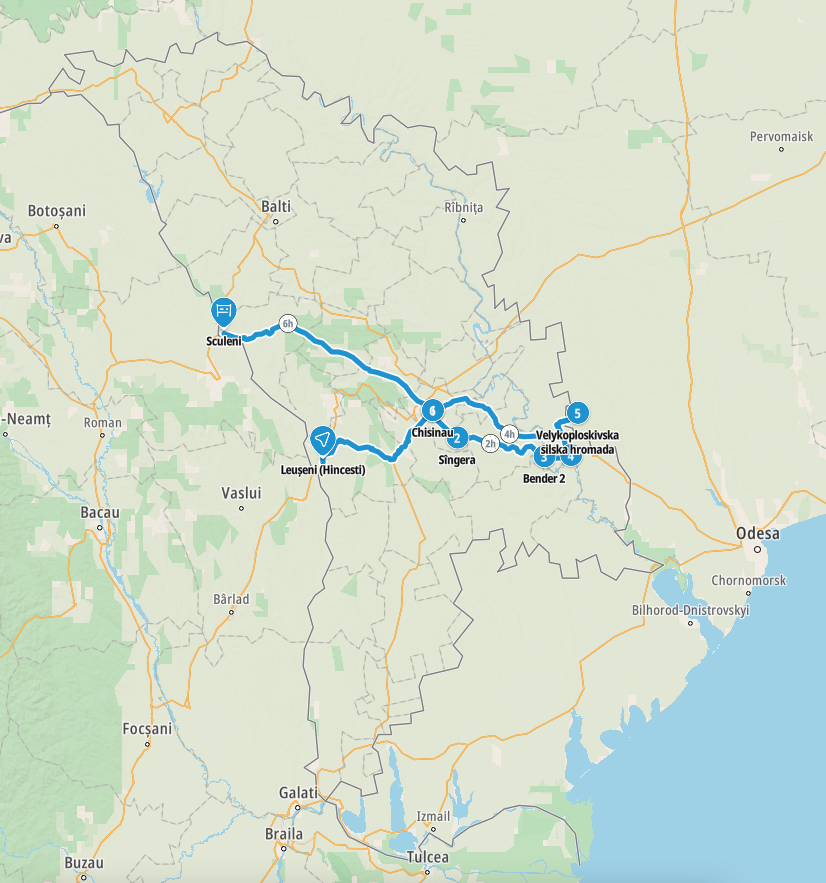
This is a map of our road trip through Moldova, including inadvertently entering Ukraine from Transnistria.
Our route took us from Leuşeni – Chișinău – Singura – Bender – Tiraspol (Transnistria) – Velykoploske (Ukraine) – Tiraspol (Transnistria) – Chișinău – Sculeni
Our favourite places in Moldova
These are some of the best places that we explored on our road trip through Moldova. We’ve put them in alphabetical order.
Anini
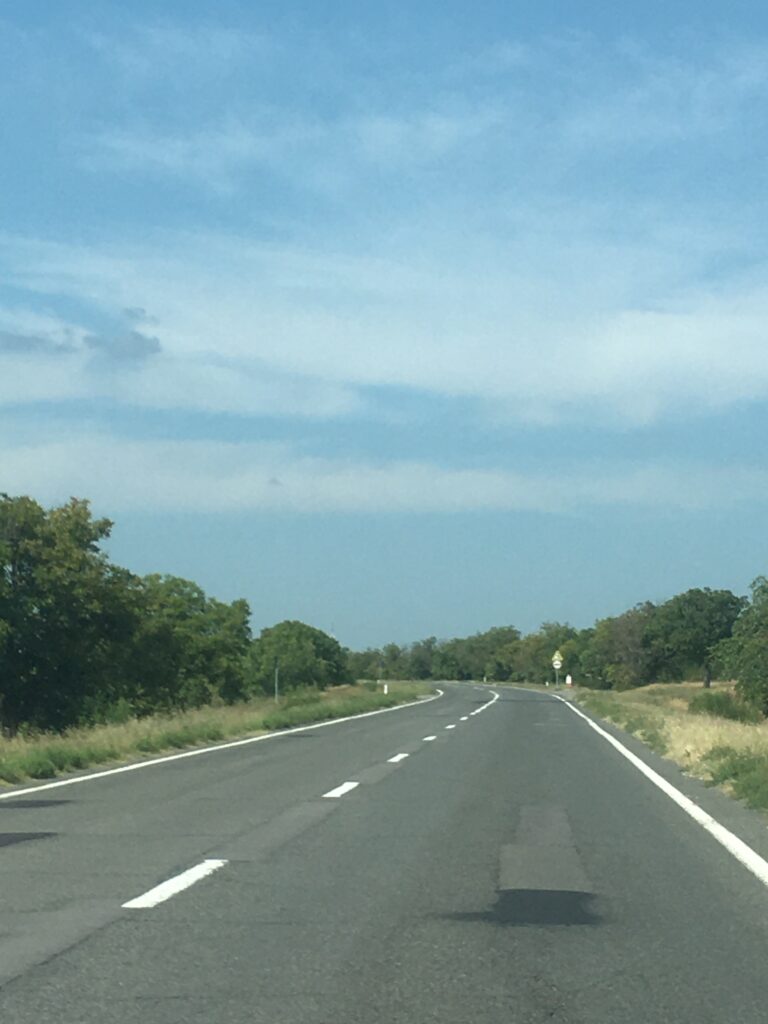
Anini is a village in the Călărași District, in the west of Moldova. It is a small rural settlement of around 1,300 people (2019), and like many Moldovan villages, its economy is primarily based on agriculture, with local people engaged in farming and livestock raising.
It’s not far from the border with Romania, and gave us an early view of what Moldova was like.
Bâcioc
Bâcioc is a village located near Gura Bîcului in the Transnistria region of Moldova. It lies in the eastern part of the country, near the Dniester River. The area has a small population and an economy based primarily on agriculture.
As Transnistria operates with its own local government and institutions, it has border guards at Bâcioc, who insist that you register with them and pay a fee should you wish to take your car into the breakaway region.
As Moldova does not formally recognise Transnistria; when entering Moldova from Bâcioc, the Moldovan police, if there are any, either ignore you or wave you through without any checks.

Bălțata

Bălțata is a village located in the Ialoveni District of Moldova, situated in the central part of the country. It is a small rural settlement with an economy based primarily on agriculture, and like many villages in the region, its residents are involved in farming and related activities.
It’s one of the few areas between the capital, Chișinău, and Tiraspol with actual hills 🙂
Bender
Situated on the Dniester River, Bender is the second-largest city in Transnistria, with a population of around 100,000 people. It has historical significance, with a diverse cultural heritage and strategic importance due to its location near Moldova’s border with Ukraine.
It was historically part of the Ottoman Empire and later the Russian Empire. Bender is now an important administrative, economic, and transport hub within this unrecognised region.
Everything is written in Russian in Transnistria.

Budești

Budești is a commune in the central part of Moldova, located in the Ialoveni District, east of the capital city, Chișinău. It’s known for its rural character, with a population of around 10,000 people. The commune is made up of several villages, with Budești being the main settlement. It has a history rooted in agriculture and is home to some traditional Moldovan architecture.
As with many places in Moldova, the roads are mostly empty, the terrain is mainly flat or slightly hilly, and there are trees lining the roads, giving tantalising peeks of the lovely countryside.
Calfa Nouă
Calfa Nouă is a village of around 1,500 people, located in the breakaway region of Transnistria. It’s situated within the Slobozia District, close to the Dniester River. Like many settlements in Transnistria, Calfa Nouă has a predominantly ethnic Slavic population, including Russians and Ukrainians, alongside a smaller Moldovan community. Sălaș Lake is a natural lake close to Calfa Nouă, and has an area of 1.4 square miles (3.7 square km). It’s the third largest natural lake in the Republic of Moldova (after Manta and Beleu lakes).


Chișinău
Chișinău is the capital and largest city of Moldova, located in the central part of the country. It serves as the political, economic, and cultural hub of Moldova. The city has a population of over 700,000 people and is known for its parks, green spaces, and Soviet-era architecture. Chișinău is situated on the Bâc River and has a rich history dating back to at least the 15th century. It became the capital of Moldova in 1818, under Russian Empire rule, and has since developed into the country’s main urban center. Chișinău is also home to several universities, museums, and government institutions.











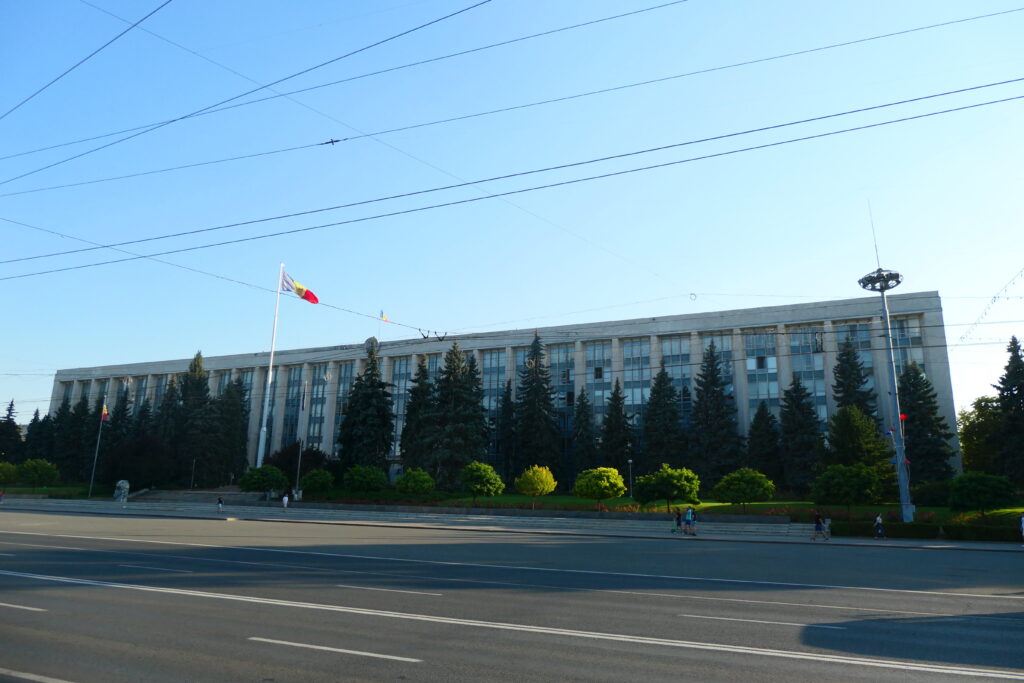


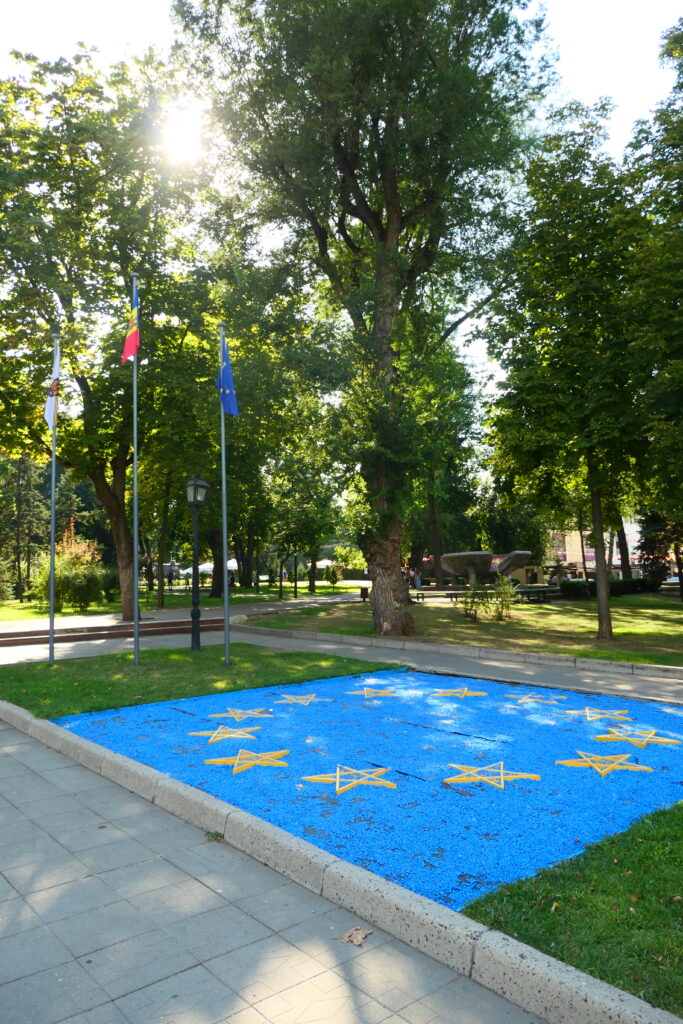
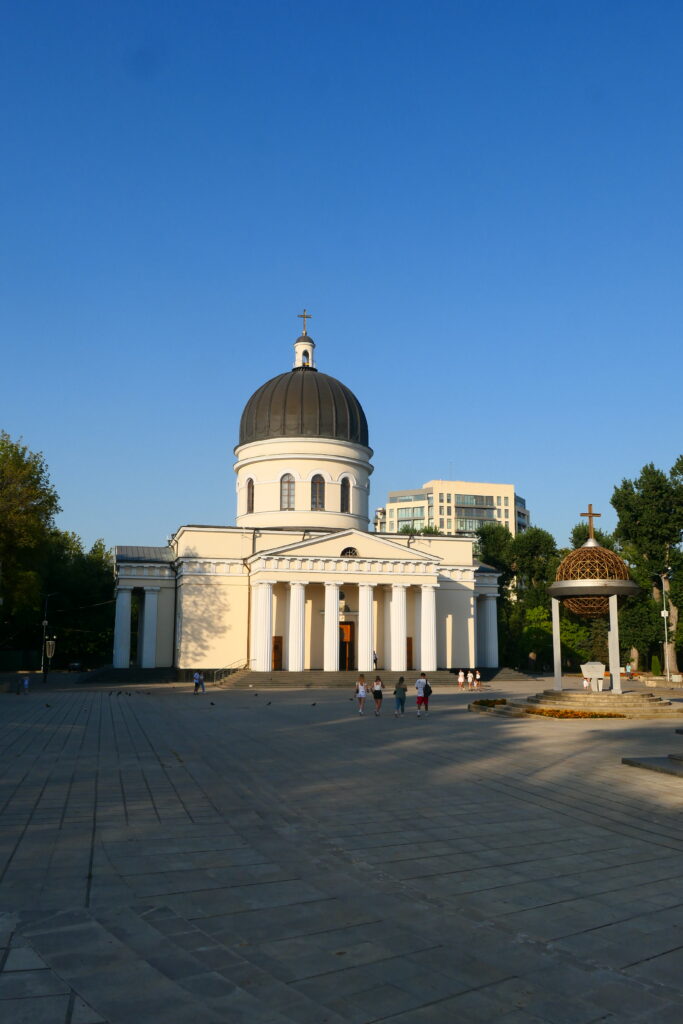
Corneşti

Cornești is a commune located in the Ungheni District of Moldova, in the west of the country, close to the Romanian border. It consists of several villages, including the main village of Cornești itself, which is home to around 3,000 people (2019). The area is primarily rural, with agriculture being a key part of the local economy.
Fundul Galbenei
Fundul Galbenei is a commune in the Hîncești District, in the west of Moldova. It is a rural locality consisting of several villages, with Fundul Galbenei being the administrative center. The commune is situated in the central part of Moldova, west of the capital, and has a population of around 2,500 people. The area is primarily agricultural, with people engaging in farming and other rural economic activities.

Gura Bîcului
Gura Bîcului is a village and commune in the Anenii Noi District of Moldova. It is situated in the eastern part of the country, near the Dniester River, on the border with Transistria. The village is primarily rural, with agriculture being a significant part of the local economy. It’s a lovely place to stop for a break 🙂

Hîncești
Hîncești is a city in the southern part of Moldova, located in the Hîncești District, not far from the Romanian border. It serves as an administrative and cultural center for the region. The city is known for its historical sites, such as the Hîncești Monastery and the Palace of the Hâncești family.
It’s is also part of Moldova’s renowned wine-producing region. The area is home to numerous vineyards and wineries, benefiting from the country’s favorable climate for viticulture. Moldova has a long history of winemaking, and the vineyards around Hîncești are known for producing high-quality wines, including both local and international grape varieties. The wine industry plays a significant role in the local economy, with many wineries offering tours and tastings for visitors.
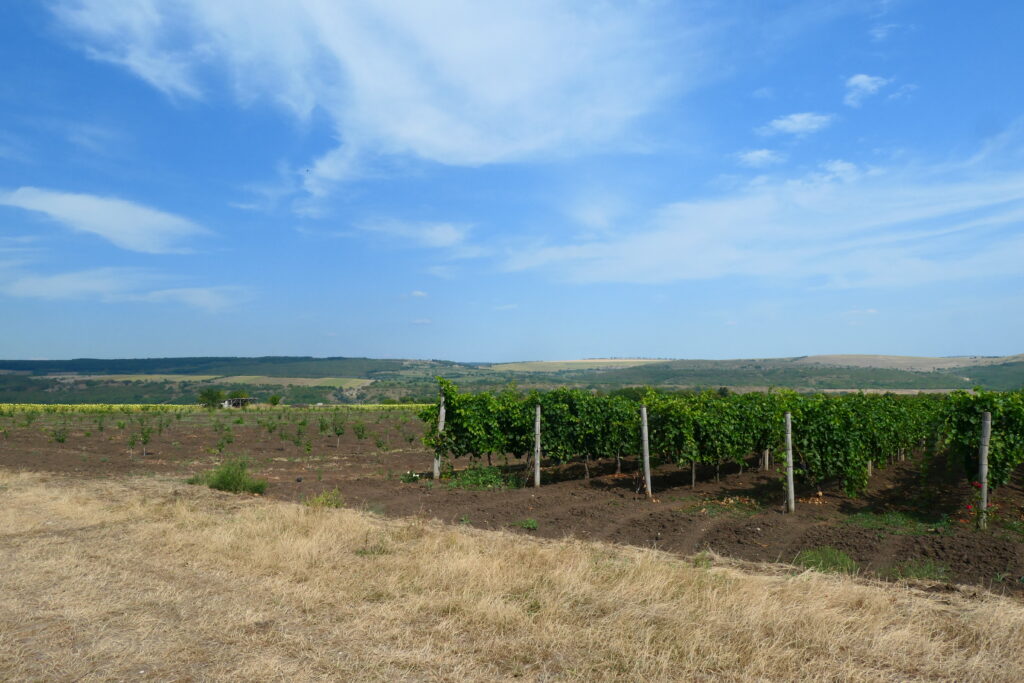

Ialoveni
Ialoveni is a village and commune located in the Ialoveni District of Moldova, situated in the central part of the country. The commune consists of the village of Ialoveni and several smaller settlements. It is primarily a rural area, with agriculture being a significant part of the local economy. Ialoveni is relatively close to Chișinău, Moldova’s capital, making it part of the broader Chișinău metropolitan area. The village features a traditional Moldovan rural lifestyle and landscape.



Lăpuşna
Lăpușna is a commune of around 3,000 people in the Ialoveni District of Moldova, located in the west of centre part of the country. It is a rural locality made up of several villages, with Lăpușna being the administrative center. The area is primarily agricultural, with farming being a key component of the local economy.
It was one of the first places we stopped after arriving in the country, which gave us a feeling for Moldova overall. We were surprised by the number of ancient Russian vehicles in the area!

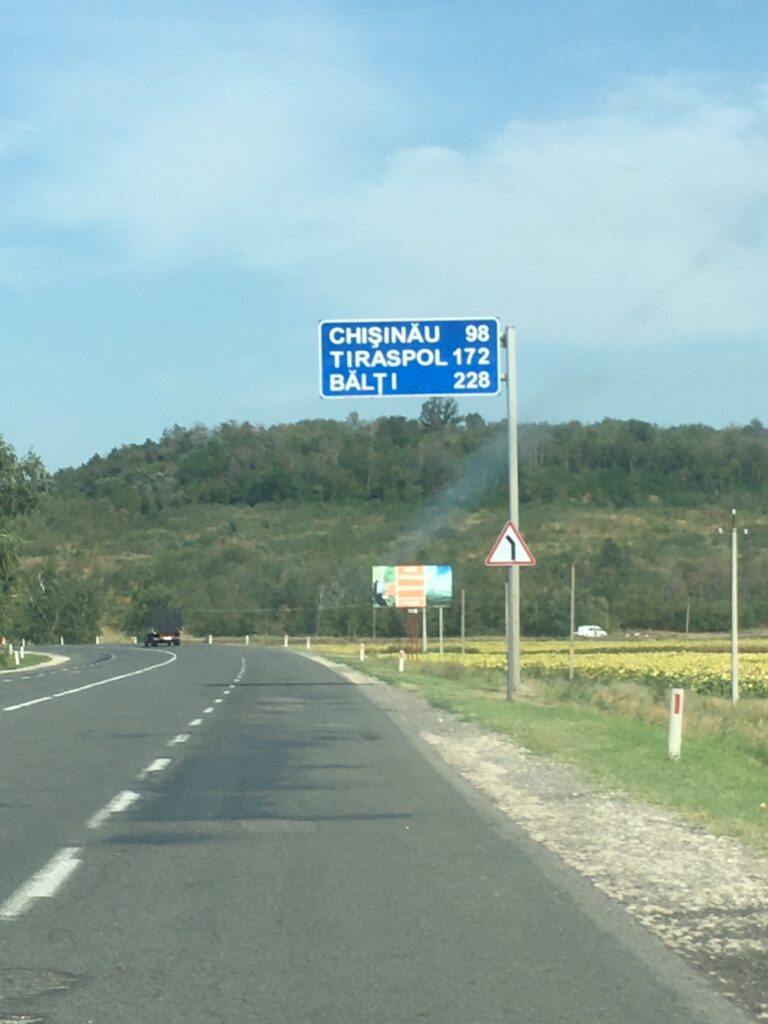

Leuşeni
Leușeni is a village and commune in the Hâncești District of Moldova, located in the western part of the country. It’s primarily a rural locality with agriculture being a significant part of the local economy, however it’s situated on the border with Romania and is home to around 3,500 people (2019). The border is quite quick, especially compared to Sculeni, which took over five hours to transit!


Pituşca
Pitușca is a village and commune of around 2,000 people, located in the Anenii Noi District of Moldova, situated in the north central part of the country. It is a rural locality, with agriculture being a primary activity for the residents. The village is known for its traditional Moldovan culture and rural landscapes. It’s a lovely place to stop for a break 🙂

Sociteni

Sociteni is a small village of around 1,200 people (2019), located in the Hîncești District of Moldova. It’s part of a region known for its vineyards and winemaking. The southern part of Moldova, including areas around Hîncești, has a favorable climate for viticulture, and many local farms and wineries produce a variety of wines. While Sociteni itself may not have large-scale vineyards like those in other famous wine regions of Moldova, it is close to areas that are well-known for wine production, making it part of the country’s broader winemaking culture.
Teliţa Nouă
Telița Nouă is a village located in the Anenii Noi District of Moldova, situated in the central part of the country. It is a rural locality, with agriculture as the primary economic activity for its residents. The village is great if you want to find out a bit more about traditional Moldovan culture. It’s another lovely place to stop for a break!



Tiraspol
Tiraspol is the capital city of the breakaway territory of Transnistria, a narrow strip of land located along the Dniester River, bordered by Moldova to the west and Ukraine to the east. The city has a population of approximately 130,000 (2018), and like other cities in Transnistria, there’s lots of Soviet-era architecture, and people use the Russian language and symbols from the Soviet era.
In terms of governance, Transnistria’s administration operates in a manner similar to that of a one-party state, with political opposition facing significant challenges. While Tiraspol’s infrastructure and services are functional, the city’s international isolation, alongside limited economic opportunities, results in a reliance on support from Russia.
The region remains a point of contention in Moldova’s relations with Russia and other international actors, and efforts to resolve the political status of Transnistria have not yielded any significant breakthroughs since the end of the war in 1992. The situation in Tiraspol reflects the broader geopolitical complexities of the region.
October 25 is celebrated as Republic Day, which commemorates the declaration of independence of the self-proclaimed Pridnestrovian Moldavian Republic (PMR). On this day in 1990, the region’s authorities declared independence from the Moldovan Soviet Socialist Republic. The main street in Tiraspol is named after Republic Day.



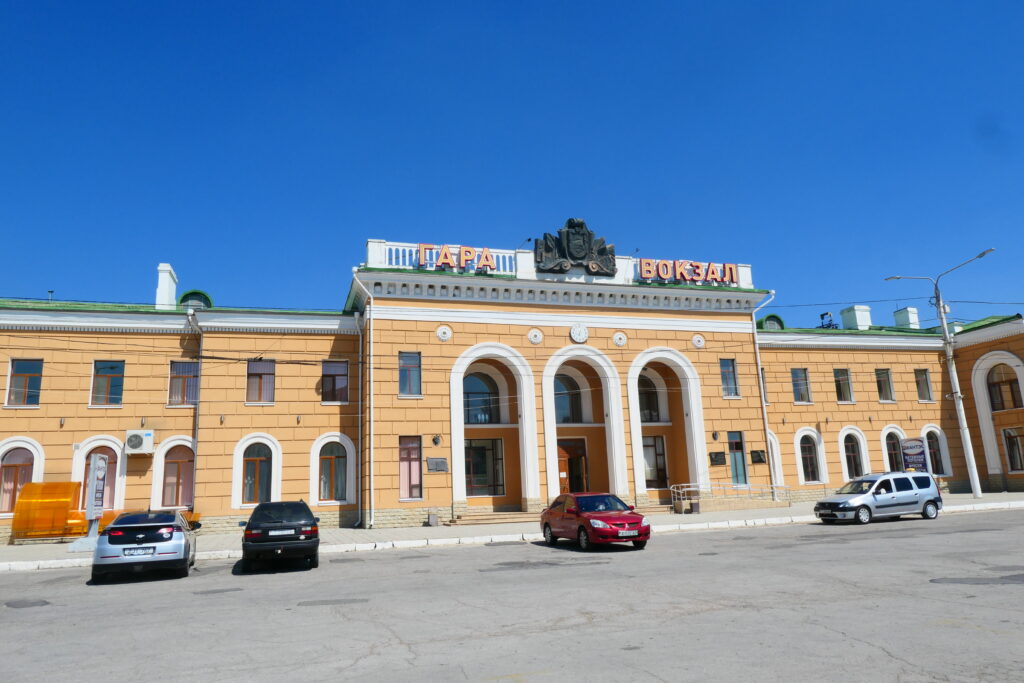
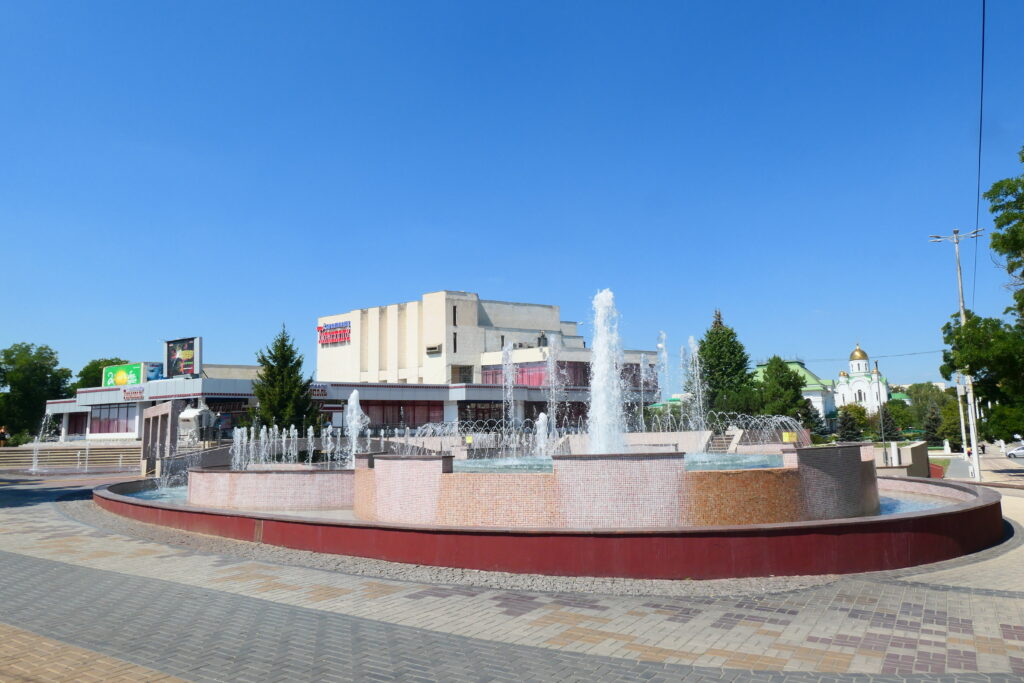
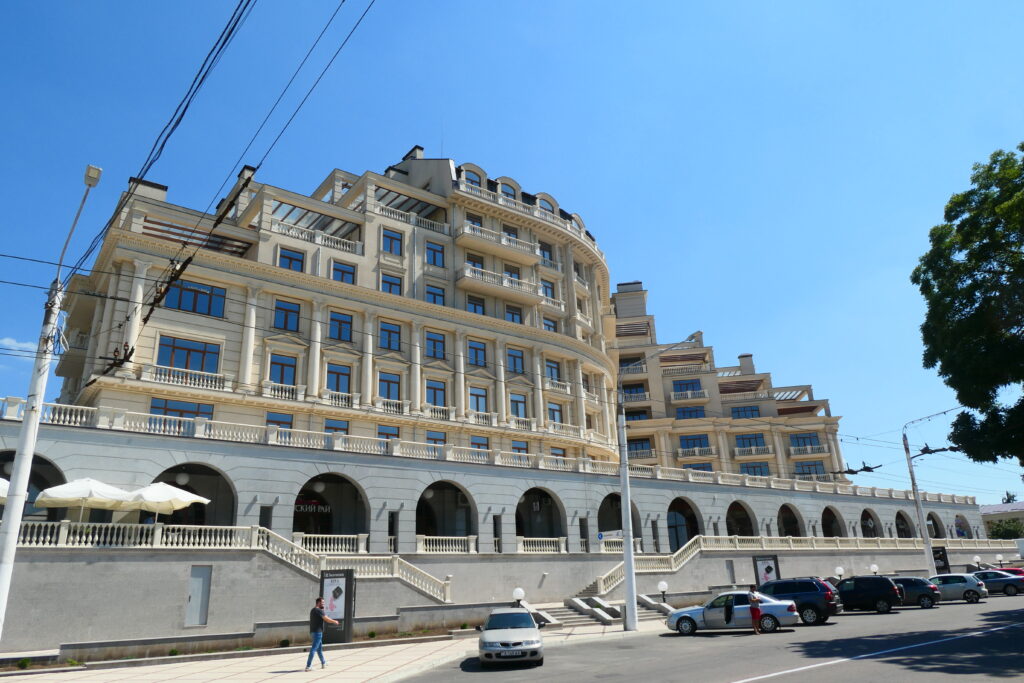






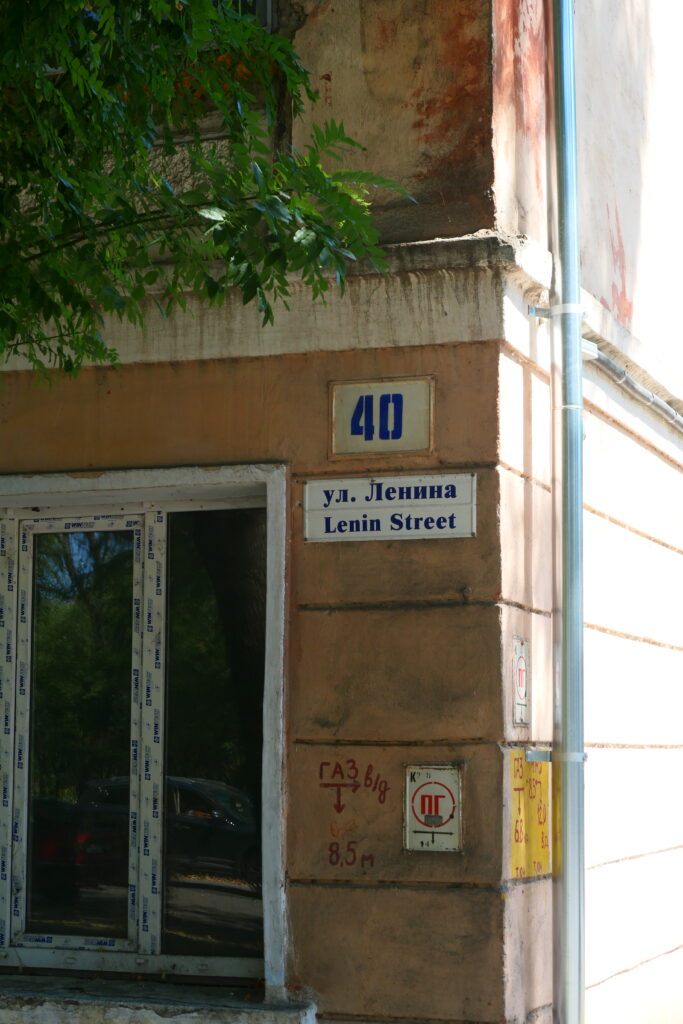

What’s it like to drive in Moldova?
As with almost everywhere on the continent of Europe, they drive on the right hand side of the road in Moldova.
On our visit, the number of cars on the country roads was sparse. Many cars tended to speed and overtake wildly – funnily enough, just like in Romania. In the capital, upon entering the capital on a late afternoon, life appeared to be very much laid back, and traffic was easy to navigate.
However each morning it was absolute mayhem! Akin to London rush-hour traffic really – I learned to drive in London, and I would say that it’s because of that fact, and the fact that I was willing to be pushy and eager to make eye contact with all cars around me, that I could traverse the roundabout chaos getting in and out of the city. Most unanticipated! There’s simply far too many cars for the road network in the capital.
Outside of the capital though, due to the small-ish size of the population, we found that traffic jams were few.
What’s it like to drive in (the unrecognised country) Transnistria?
In Transnistria, we found that there were fewer cars and no parking charges – you could literally park in the city centre with no issues at all. There was virtually no traffic. The traffic there was appeared to consist mainly of very old, soviet era, vehicles!
Getting into Transnistria though was a bit of a farce, as there are border points and customs – on the Transnistrian side only – the Moldovans just wave you through or literally ignore you! We were made to hand over our passports and car documents, which they then returned along with an immigration slip and car registration form. We were asked to pay €5 for the privilege. However, considering the lack of parking costs in the capital, it seemed ok?!
Do you require an international driving permit in Moldova?
We’ve created a dedicated page to driving abroad, which answers this question, and more, which you might find helpful.
Can you use your UK driving license when driving through Moldova?
We’ve created a dedicated page to driving abroad, which answers this question, and more, which you might find helpful.
Do I need a carnet de passages to drive in Moldova?
We’ve created a dedicated page to driving abroad, which answers this question, and more, which you might find helpful.
What are the speed limits in Moldova?
The speed limits for cars in Moldova are:
- 15 mph (20 km/h) for urban driving
- 30 mph (50 km/h) outside of built up areas
- 55 mph (90 km/h) on dual carriageways
- 70 mph (110 km/h) on motorways
What currency do they use in Moldova?
In Moldova they use the Moldovan leu. The use of credit / debit cards is not widespread, and definitely not guaranteed, even in major hotels. You should definitely have some cash just in case, particularly outside of the capital, and even within the capital in cafés and restaurants. Travellers cheques are not generally accepted. There are lots of ATMs in the capital, although exchange rates are poor.
What currency do they use in (the unrecognised country) Transnistria?
The currency in use in Transnistria is the Transnistrian ruble. It is difficult to exchange Moldovan leu or other currencies into Transnistrian rubles, or Transnistrian rubles into other currencies outside of Transnistria. Attempting to pay for purchases in Transnistria in currencies other than the ruble is considered an illegal act by the authorities.
You should make yourself aware of the amount that your bank charges you for using credit and debit cards abroad. Often credit cards are cheaper for purchasing items directly, and for withdrawing cash from ATMs.
What language do they speak in Moldova?
They speak Romanian in Moldova, although many also speak Russian, particularly the older generations. In the capital, we found that many of the younger generation also spoke English, and were keen to do so!
In Transnistria they speak Russian in the main, and few that we met spoke English.
What time zone is Moldova in?
Remember, when you’re planning your next trip to take a look at what time zone it’s in.
Do I need a visa to visit Moldova?
We’ve created a dedicated, more comprehensive page on visas, which you should find helpful. Check it out!
Is wild camping legal in Moldova?
Yes, wild camping is fine in Moldova, although you should avoid national parks and natural reserves.
What plug / socket type do they use in Moldova?
In Moldova they use plug / socket types C and F.


Health issues in Moldova
Is it safe to drink water in Moldova?
No, it is not safe to drink tap water in Moldova. Bottled water is readily available across the country.
What vaccinations are required for Moldova?
This NHS website is kept up to date with all relevant information on vaccinations in Moldova.
Phones in Moldova
What is the country calling code for Moldova?
The country calling code for Moldova is +373
What are the emergency phone numbers in Moldova?
- The emergency number for police in Moldova is: 112
- In Moldova, the emergency number for ambulance is: 112
- The emergency number for fire in Moldova is: 112
If you’ve got some useful info that you’d like to share, let us know!
And don’t forget to check out all the other pictures!
